Northeast India is known for its rich and diverse cultural heritage, with each state having unique customs and traditions. Each state has a diverse culture characterized by its unique & colorful rituals. The scenic beauty of northeastern states in India is also very much captivating, with Majestic Mountains & lush green landscapes in the backdrop. The snow-capped mountains, Pristine rivers & waterfalls provide a breathtaking view.
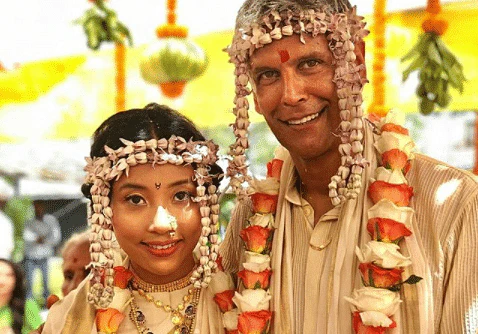
Assamese Wedding
In Assam, the wedding is known as Biya. It is rich in culture & tradition. They have a series of rituals & traditional ceremonies. Let us have a look at the significant rituals of Assamese weddings.
Pre-Wedding Rituals
Pre-wedding Rituals consist of Juran Diya, Tel Diya, and Pani tola. In Juran Diya, the groom’s mother visits the bride’s house. She gifts her traditional Assamese dresses, jewelry, and sweets and then blesses her.
Juran Diya represents the formal acceptance of the bride into the groom’s family. The bride’s family also gifts the groom traditional Assamese cloth Gamusa and the Japi, or the Assamese bamboo or cane hat, to show him respect.
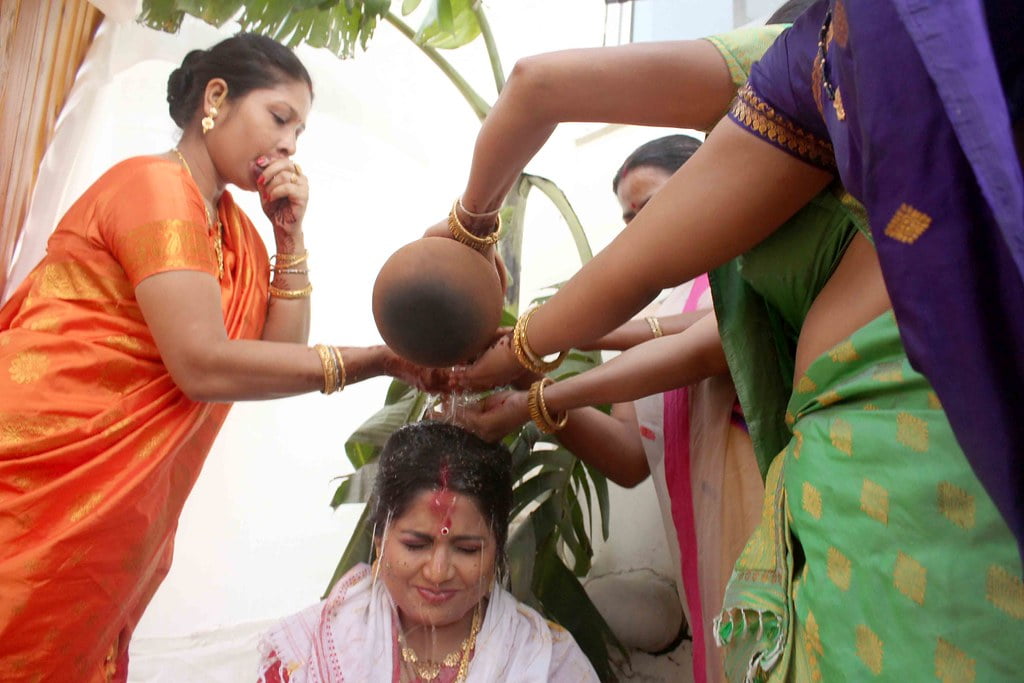
The ritual of applying mustard oil on the bride and groom by the married woman from the family is known as Tel Diya. Then, in Pani tola, water is collected from a river or any water body for the ceremonial bath of the bride and groom. This ritual is celebrated separately by the bride & the groom’s family.
Wedding Day Rituals
On the wedding day, there are various rituals like Daiyan Diya, Bor Jatri, Saptapadi, Sindoor Daan, and Biya. In Saptapadi, the bride and groom take seven steps together around the sacred fire, making seven promises to each other. The Biya Biyah is the main wedding ceremony. During Biya, the bride’s maternal uncle and siblings take the bride to the Mandap while the priest chants Vedic hymns, and the couple exchanges garlands and vows.
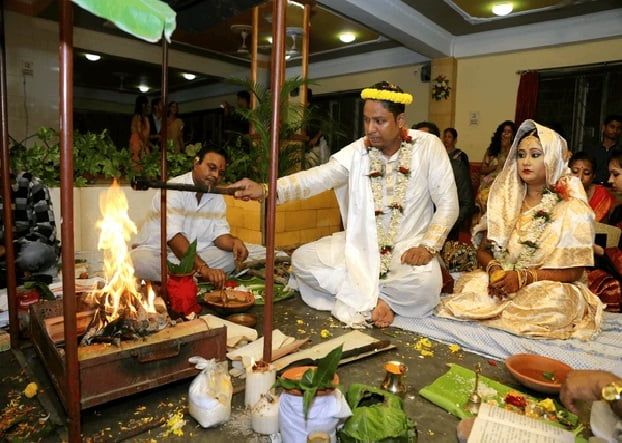
Manipuri Weddings
Manipur has a rich cultural heritage. The wedding rituals of Manipur reflect the diverse ethnic communities residing in the state. The brides in Manipur wear a world-famous traditional dress called Potloi.
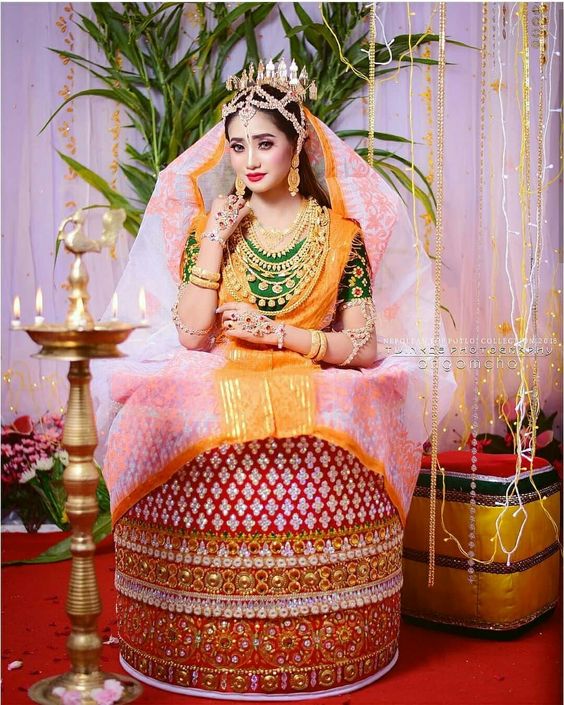
Pre-Wedding
In the Manipuri wedding, before the wedding, the groom’s family visits the bride’s family to discuss the potential marriage. It is called Hinaba.
Wedding Day
On the wedding day, various rituals are performed. But the actual wedding celebration is Luhongba, where the groom arrives at the bride’s house with a procession and traditional dance performance. The garland is exchanged between bride and groom, followed by the saat pheras, where the bride and the groom circle the basil plant while people sing the Kirtan. After this, two women from both sides release two Taki fishes, symbolizing the newly-wed couple.
Arunachal Pradesh Wedding.
If you attend a wedding in Arunachal Pradesh, you will notice the brides wearing traditional headgear, known as the “Bapam.” It is a significant part of Arunachal Pradesh’s wedding. It is passed from one generation to the other. Th Bapam consists of traditional beads, flowers, adorned feathers, and bamboo.
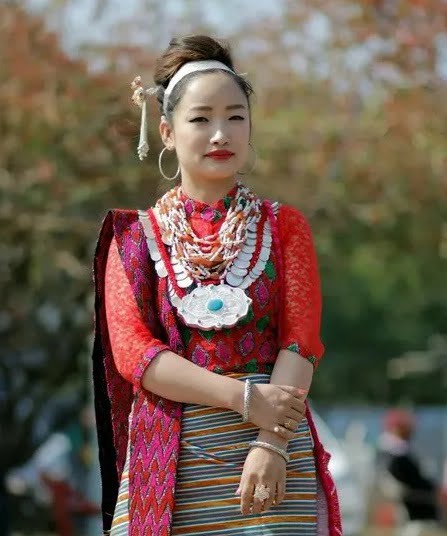
Bride Price
Are you aware of Bride Price? It is a gesture of appreciation and respect from the groom’s family to the bride’s family. The groom’s family presents a variety of gifts, like fabric, utensils, and most significantly, Mithuns, to the bride’s family to show gratitude and to establish good relations between the two families.
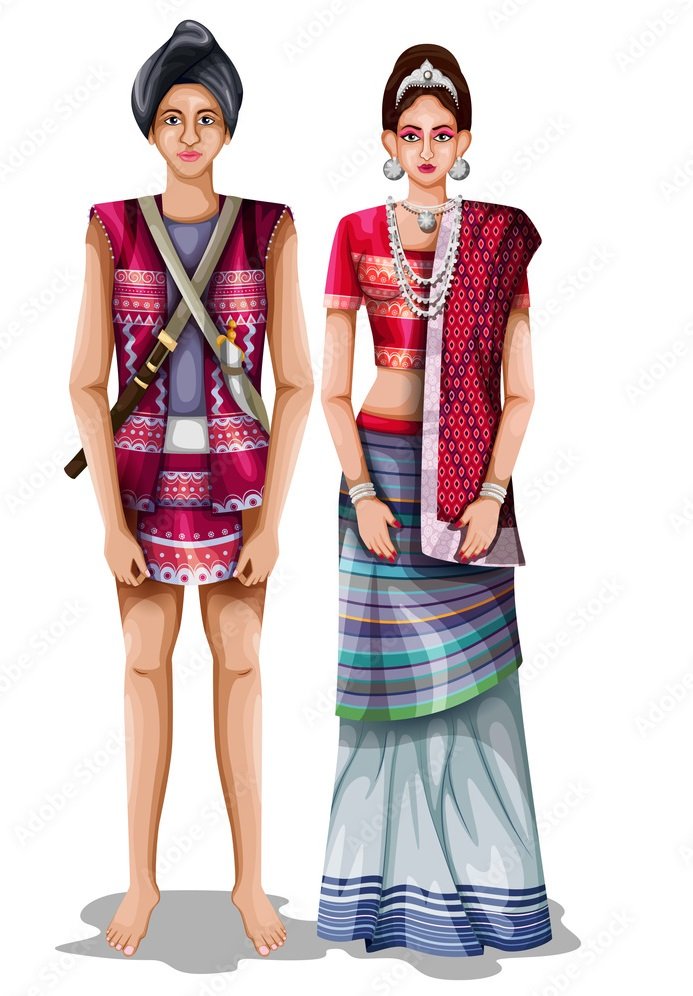
The bride’s family, too, pass their family treasures to their daughter, which include textiles, exotic beads, and significant family heirlooms, reflecting the rich cultural heritage of Arunachal Pradesh.
Conclusion
So, what do you feel about the Northeast wedding traditions? We know these rituals and traditions are very deep-rooted, so explaining them all in detail is challenging enough. If we have missed something, do let us know. If you are marrying someone from the Northeast, get ready to experience a rich, cultural wedding filled with unique customs and traditions.



